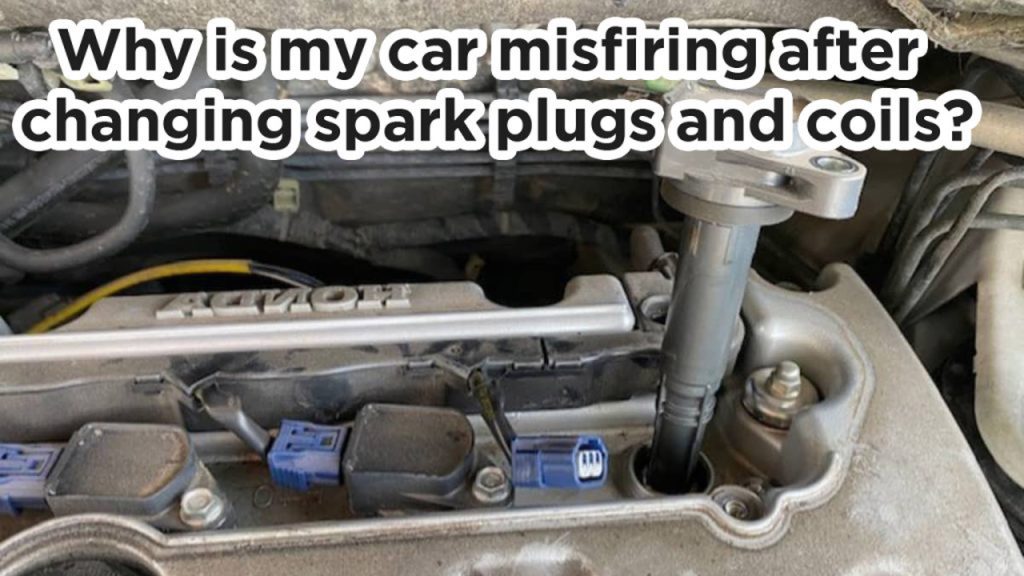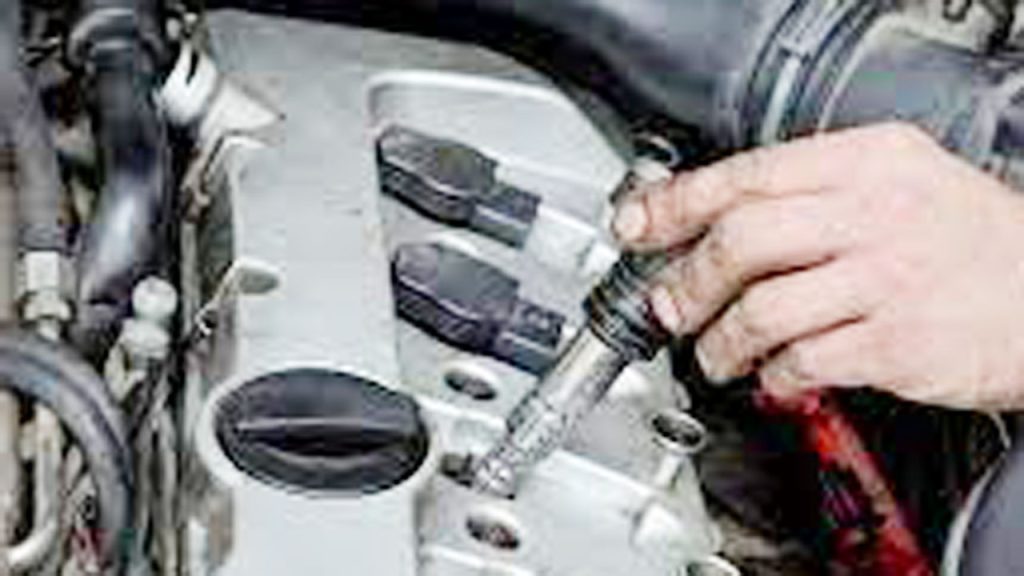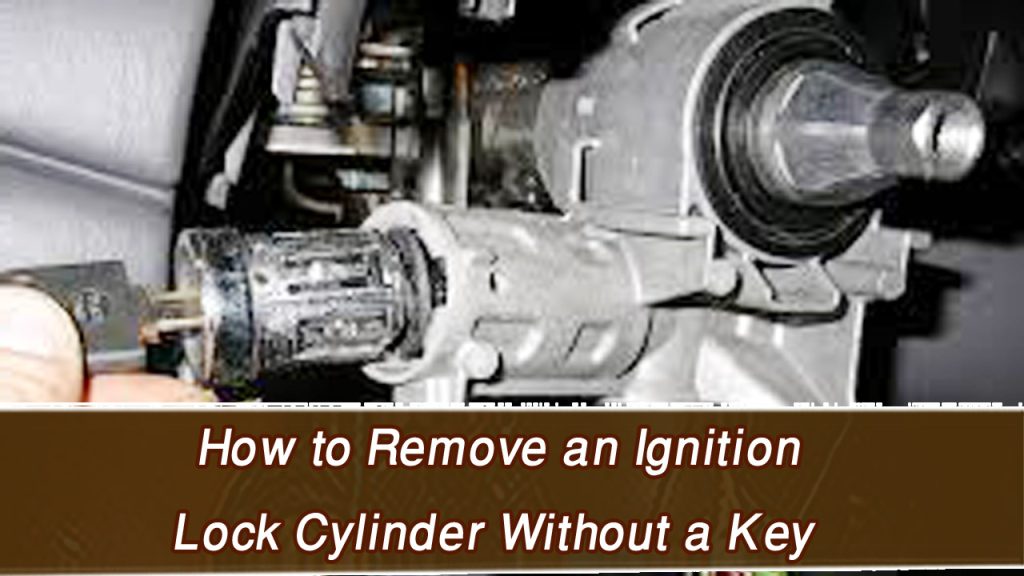Changing spark plugs and ignition coils is often a go-to solution for fixing engine misfires. So, it can be frustrating when the problem persists—or even gets worse—after making these changes. Believe me, I’ve been there. I know how disheartening it is to hear that sputter or feel the engine hesitate, especially after you’ve invested time and money.
Misfiring happens when one or more cylinders in your engine fail to ignite properly. Even after replacing key components like spark plugs and coils, several other factors can contribute to the issue. Let’s dig into the possible causes and figure out how to get your car back on track.

What Causes Misfiring After Replacing Spark Plugs and Coils?
Even though spark plugs and coils are common culprits of misfiring, they’re not always the entire story. Here are the main reasons your car might still be misfiring:
Incorrect Installation of Spark Plugs or Coils
One of the simplest explanations is that the new parts weren’t installed properly. It’s easy to accidentally cross-thread a spark plug or fail to fully seat an ignition coil.
Signs of Improper Installation
- Persistent misfires immediately after installation.
- Unusual sounds from the engine, such as hissing or clicking.
- Difficulty starting the car.
Solution
- Double-check that all spark plugs are tightened to the manufacturer’s recommended torque.
- Ensure that the ignition coils are securely attached and connected to the wiring harness.
Wrong Spark Plugs for Your Engine
Not all spark plugs are created equal. Using the wrong type or gap size can prevent your engine from firing correctly. For instance, some engines require iridium plugs, while others might work better with platinum ones.
How to Identify This Issue
- Check the part number on your new spark plugs against your car’s manual.
- Look for uneven engine performance, especially under acceleration.
Solution
- Always use spark plugs that meet the manufacturer’s specifications for your car.
- If the plugs don’t match, replace them with the correct ones.
Coil Connection Issues
Even with new ignition coils, a poor connection can cause misfiring. The wiring harness that connects to the coil could be damaged, loose, or corroded.
Symptoms of Coil Connection Problems
- Misfires only in specific cylinders.
- Check Engine Light (CEL) displaying a coil-related error code.
Solution
- Inspect the wiring harness for damage or loose connections.
- Clean corroded terminals with electrical contact cleaner.
- Replace any damaged wiring.
Carbon Build-Up or Fouled Injectors
Over time, carbon deposits can accumulate on your engine’s valves, pistons, or injectors. This build-up can affect fuel flow and ignition, leading to misfires.
Signs of Carbon Build-Up
- Engine hesitation during acceleration.
- Reduced fuel efficiency.
- Misfires at low RPMs.
Solution
- Use a fuel system cleaner to remove carbon deposits.
- If the problem persists, consider a professional engine cleaning service.
Faulty Fuel Injectors
Even if your spark plugs and coils are brand-new, the fuel injectors might not be delivering the right amount of fuel. A clogged or malfunctioning injector can throw off the air-fuel mixture, causing misfires.
Symptoms of Faulty Fuel Injectors
- A rough idle or uneven engine performance.
- CEL codes related to fuel injection (e.g., P030X).
Solution
- Inspect the injectors for clogging or damage.
- Clean or replace faulty injectors as needed.
Vacuum Leaks
Your engine relies on a precise air-to-fuel ratio for combustion. A vacuum leak allows extra air into the system, disrupting this balance and causing misfires.
Common Signs of Vacuum Leaks
- Whistling noises from the engine.
- Misfires at idle but not at higher RPMs.
- Lean fuel mixture error codes (e.g., P0171 or P0174).
Solution
- Inspect hoses, gaskets, and the intake manifold for cracks or leaks.
- Replace any damaged components.
Malfunctioning Sensors
Modern engines use sensors to monitor and adjust various parameters. A faulty sensor—like the Mass Airflow Sensor (MAF) or Oxygen Sensor (O2)—can send incorrect data to the engine control unit (ECU), leading to misfires.
How to Identify Sensor Issues
- CEL codes related to sensor performance.
- Irregular engine behavior, especially during acceleration or idling.
Solution
- Use an OBD-II scanner to diagnose sensor problems.
- Clean or replace malfunctioning sensors.
Timing Issues
If your engine’s timing is off, even slightly, it can prevent the spark plugs from firing at the right moment. This is especially common in older cars or after recent engine repairs.
Signs of Timing Problems
- Backfiring or loud popping sounds.
- Misfires across multiple cylinders.
Solution
- Check the timing belt or chain for wear or misalignment.
- Have a professional adjust the timing if necessary.
Low Compression in Cylinders
Misfiring can also result from mechanical issues like low compression in one or more cylinders. This typically happens due to worn piston rings, valve issues, or a blown head gasket.
Symptoms of Low Compression
- Persistent misfires in the same cylinder.
- Noticeable loss of power.
Solution
- Perform a compression test to identify the affected cylinders.
- Repair or replace damaged components as needed.
Troubleshooting Misfires
Here’s a step-by-step approach to pinpoint the cause of your misfire:
| Step | What to Do |
|---|---|
| 1. Check CEL Codes | Use an OBD-II scanner to identify error codes and narrow down potential issues. |
| 2. Inspect Components | Look for damage or improper installation of spark plugs, coils, and wiring. |
| 3. Test Compression | Measure cylinder compression to rule out mechanical problems. |
| 4. Listen for Noises | Pay attention to unusual sounds, like whistling (vacuum leak) or popping (timing issue). |
| 5. Seek Professional Help | If troubleshooting doesn’t resolve the issue, consult a mechanic. |
Preventing Misfires in the Future
Once you’ve resolved the current issue, here are some tips to avoid misfires down the road:
- Use Quality Parts: Always buy OEM or high-quality aftermarket parts for your car.
- Follow Maintenance Schedules: Replace spark plugs, coils, and filters as recommended by the manufacturer.
- Keep Sensors Clean: Regularly clean or replace sensors to ensure accurate readings.
- Inspect Wiring and Hoses: Check for wear and tear on engine components during routine maintenance.
Conclusion
Dealing with a misfiring engine after replacing spark plugs and coils can feel overwhelming, but it’s usually a sign of an underlying issue. From improper installation to mechanical problems like low compression, there are several possible culprits. By systematically diagnosing the problem and addressing each potential cause, you can restore your engine’s performance and enjoy a smoother ride.
If you’re still unsure or unable to resolve the issue, don’t hesitate to consult a professional mechanic. Sometimes, a fresh set of expert eyes is all it takes to uncover a hidden problem.
Keeping your car running smoothly is all about understanding its needs and addressing issues promptly. With the right approach, you’ll be back on the road in no time.
FAQs
Why does my car misfire only at idle after changing spark plugs and coils?
This could be due to a vacuum leak, incorrect spark plug gap, or a faulty sensor that affects idle performance.
Can bad fuel injectors cause a misfire after replacing spark plugs?
Yes, clogged or malfunctioning injectors can disrupt the air-fuel mixture and lead to misfires.
What if my car misfires only under acceleration?
This is often related to coil or wiring issues, or possibly a problem with the fuel system.
Is it safe to drive with a misfiring engine?
While you can drive with a misfire temporarily, it’s not recommended. Misfires can damage your catalytic converter and other engine components over time.
How can I prevent engine misfires in the future?
Regular maintenance, using quality parts, and addressing issues promptly are the best ways to prevent misfires.


